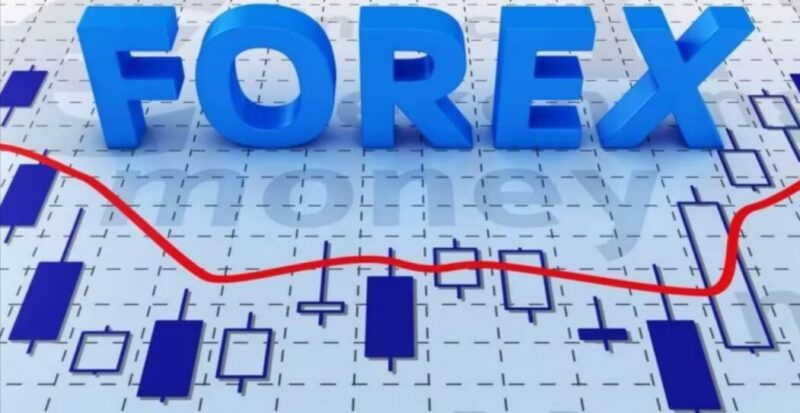In the rapidly evolving world of financial markets, the forex trading landscape has witnessed a significant transformation, thanks to the advent of algorithmic strategies. This innovative approach to trading has opened up new vistas for traders, empowering them with tools to navigate the complexities of currency markets with greater precision and efficiency. Today, we delve into how these algorithmic strategies are reshaping currency trading, offering insights into their workings and the advantages they bring to the table.
At its core, algorithmic trading in the forex market involves the use of computer programs to execute trades based on predefined criteria. These criteria could range from simple technical indicators, such as moving averages, to complex models that incorporate economic data, news feeds, and price patterns. The beauty of these algorithms lies in their ability to process vast amounts of information in real-time, making decisions at a speed and accuracy far beyond human capabilities.
For traders, the appeal of using algorithmic strategies in forex markets is multifaceted. Firstly, these systems can operate round the clock, capitalizing on opportunities across different time zones without the need for constant human supervision. This not only enhances the potential for profit but also democratizes trading, allowing individuals with varying schedules to participate in the forex markets.
Moreover, algorithmic trading brings a level of discipline that is hard to maintain manually. Emotional decision-making can often lead to costly mistakes in trading. Algorithms, by contrast, stick to the strategy laid out for them, ensuring that trades are executed based on analysis and logic rather than fear or greed. This disciplined approach can be particularly beneficial in the volatile forex market, where rapid shifts in sentiment can tempt even the most seasoned traders to deviate from their strategies.
Another advantage of algorithmic strategies is their ability to test and refine trading approaches. Through backtesting, traders can simulate how a strategy would have performed in the past, providing valuable insights into its potential effectiveness. This process allows for the fine-tuning of algorithms, enhancing their precision and adaptability to changing market conditions.
Despite these benefits, it’s important to approach algorithmic forex trading with a clear understanding of its complexities and risks. Developing or selecting the right algorithm requires a deep understanding of both market dynamics and programming. Furthermore, as with any trading strategy, there’s no guarantee of profit. Market conditions can change rapidly, and algorithms that were successful in the past may not necessarily yield the same results in the future.
For those looking to venture into algorithmic currency trading, a thoughtful and informed approach is key. It begins with education, both in the principles of forex trading and in the basics of algorithmic strategy. Many traders start with pre-built algorithms, adjusting parameters as they gain experience and confidence. Others may choose to build their own algorithms from scratch, a task that demands both trading expertise and software development skills.
Regardless of the path chosen, the importance of risk management cannot be overstated. Setting appropriate risk parameters, including stop-loss orders and position sizing, is crucial to protect against significant losses. Additionally, continuous monitoring and adjustment of algorithms are necessary to align with evolving market trends and economic conditions.
The integration of algorithmic strategies into currency trading represents a leap forward in the quest for market efficiency and profitability. These sophisticated tools offer traders the ability to execute trades with unparalleled speed and precision, bringing a disciplined approach to the inherently unpredictable forex markets. While the journey to mastering algorithmic trading may seem daunting, the rewards can be substantial for those who invest the time and effort to understand its intricacies.
As we look to the future, it’s clear that algorithmic strategies will continue to play a pivotal role in currency trading, driven by advances in technology and analytics. For traders, this means an ongoing opportunity to refine their strategies, harnessing the power of algorithms to navigate the complex and dynamic world of forex markets with confidence and agility.



